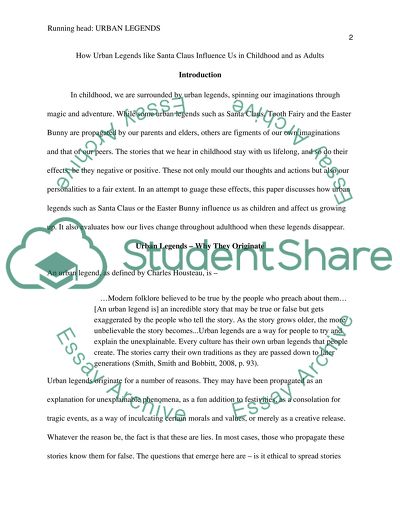Cite this document
(“Urban Legends Essay Example | Topics and Well Written Essays - 2250 words”, n.d.)
Retrieved from https://studentshare.org/english/1635435-urban-legends
Retrieved from https://studentshare.org/english/1635435-urban-legends
(Urban Legends Essay Example | Topics and Well Written Essays - 2250 Words)
https://studentshare.org/english/1635435-urban-legends.
https://studentshare.org/english/1635435-urban-legends.
“Urban Legends Essay Example | Topics and Well Written Essays - 2250 Words”, n.d. https://studentshare.org/english/1635435-urban-legends.


